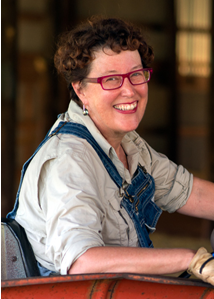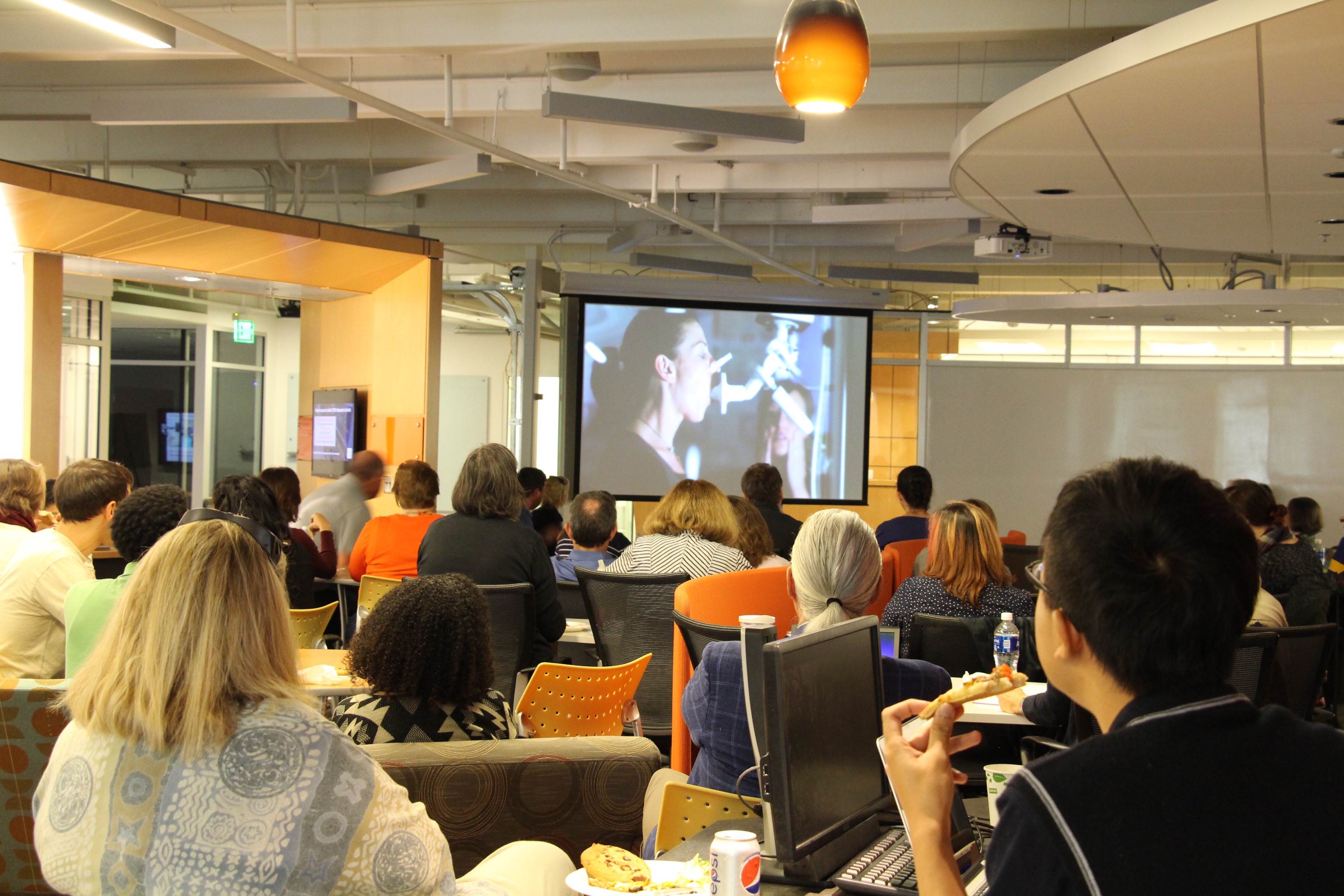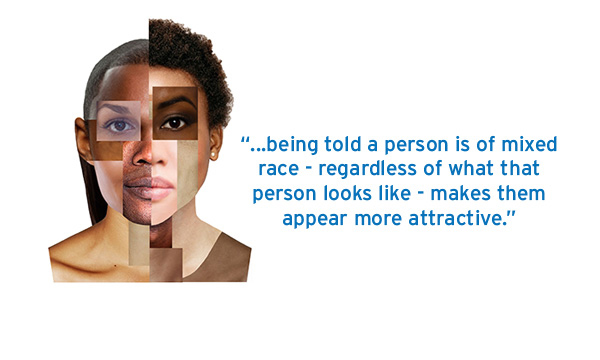Wearable technologies like Fitbit have been shown to provide a short-term increase in physical activity, but long-term benefits are still unclear, even if recent studies on corporate wellness programs highlight the potential healthcare savings.

Luca Foschini, PhD is a co-founder and head of data science at Evidation Health, and a visiting research scientist at UCSB. Source: Network Science IGERT at UCSB.
To figure out the effects of these technologies on our health, we need ways to efficiently mine through the vast amounts of data and feedback that wearable devices constantly record.
As someone who has recently jumped on the Fitbit “band” wagon, I have often wondered about what happens with all the data collected from my wrist day after day, week after week.
Luca Foschini, a co-founder and head of data science at Evidation Health, recently spoke at Duke’s Genomic and Precision Medicine Forum where he explained how his company uses these massive datasets to analyze and predict how digital health interventions — Fitbits and beyond — can result in better health outcomes.
California-based Evidation health uses real-life data collected upon authorization from 500,000-plus users of mobile health applications and devices. This mobile health or “mHealth” data is quickly becoming a focus of intense research interest because of its ability to provide such a wealth of information about an individual’s behavior.
Foschini and Evidation Health have taken the initiative to design and run clinical studies to show the healthcare field that digital technologies can be used for assessing patient health, behavioral habits, and medication adherence, just to name a few.
Foschini said that the benefits of mobile technologies could go far beyond answering questions about daily behavior and lifestyle to formulate predictions about health outcomes. This opens the door for “wearables and apps” to be used in the realm of behavior change intervention and preventative care.

Foschini explains how data collected from thousands of individuals wearing digital health trackers was used to find a associations between activity tracking patterns and weight loss.
Evidation Health is not only exploring data based on wearable technologies, but data within all aspects of digital health. For example, an interesting concept to consider is whether devices create an opportunity for faster clinical trials. So-called “virtual recruiting” of participants for clinical studies might use social media, email campaigns and online advertising, rather than traditional ads and fliers. Foschini said a study by his firm found this type of recruitment is up to twelve times faster than normal recruitment methods for clinical trials (Kumar et al 2016).
While Foschini and others in his field are excited about the possibilities that mHealth provides for the betterment of healthcare, he acknowledges the hurdles standing in the way of this new approach. There is no standardization in how this type of data is gathered, and greater scrutiny is needed to ensure the reliability and accuracy of some of the apps and devices that supply the data.
 Post by Amanda Cox
Post by Amanda Cox





 Post by Meg Shieh
Post by Meg Shieh






 Post by Devin Nieusma
Post by Devin Nieusma


 Post by Robin A. Smith
Post by Robin A. Smith



 This holds true even if the people in question aren’t actually of multiracial heritage, according to the peer-reviewed study, published in the June 2016 issue of Review of Black Political Economy.
This holds true even if the people in question aren’t actually of multiracial heritage, according to the peer-reviewed study, published in the June 2016 issue of Review of Black Political Economy.
 Guest post by Eric Ferreri
Guest post by Eric Ferreri

